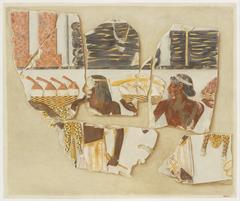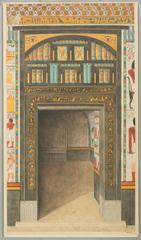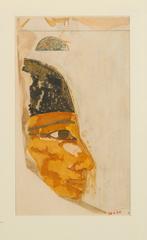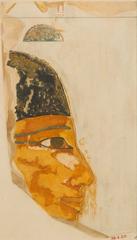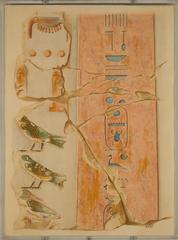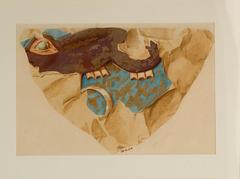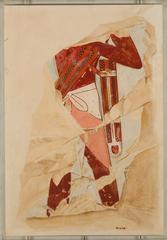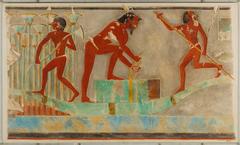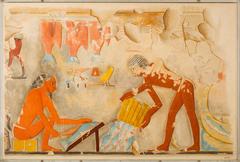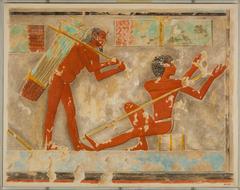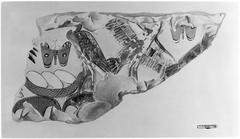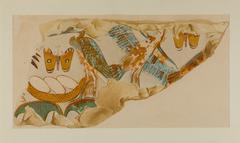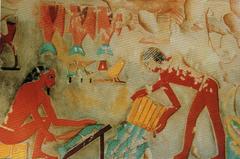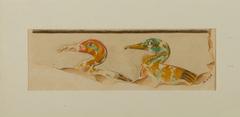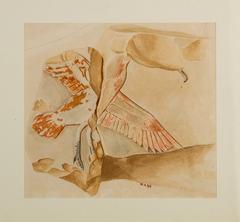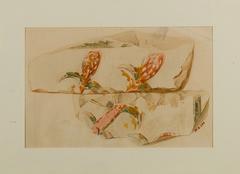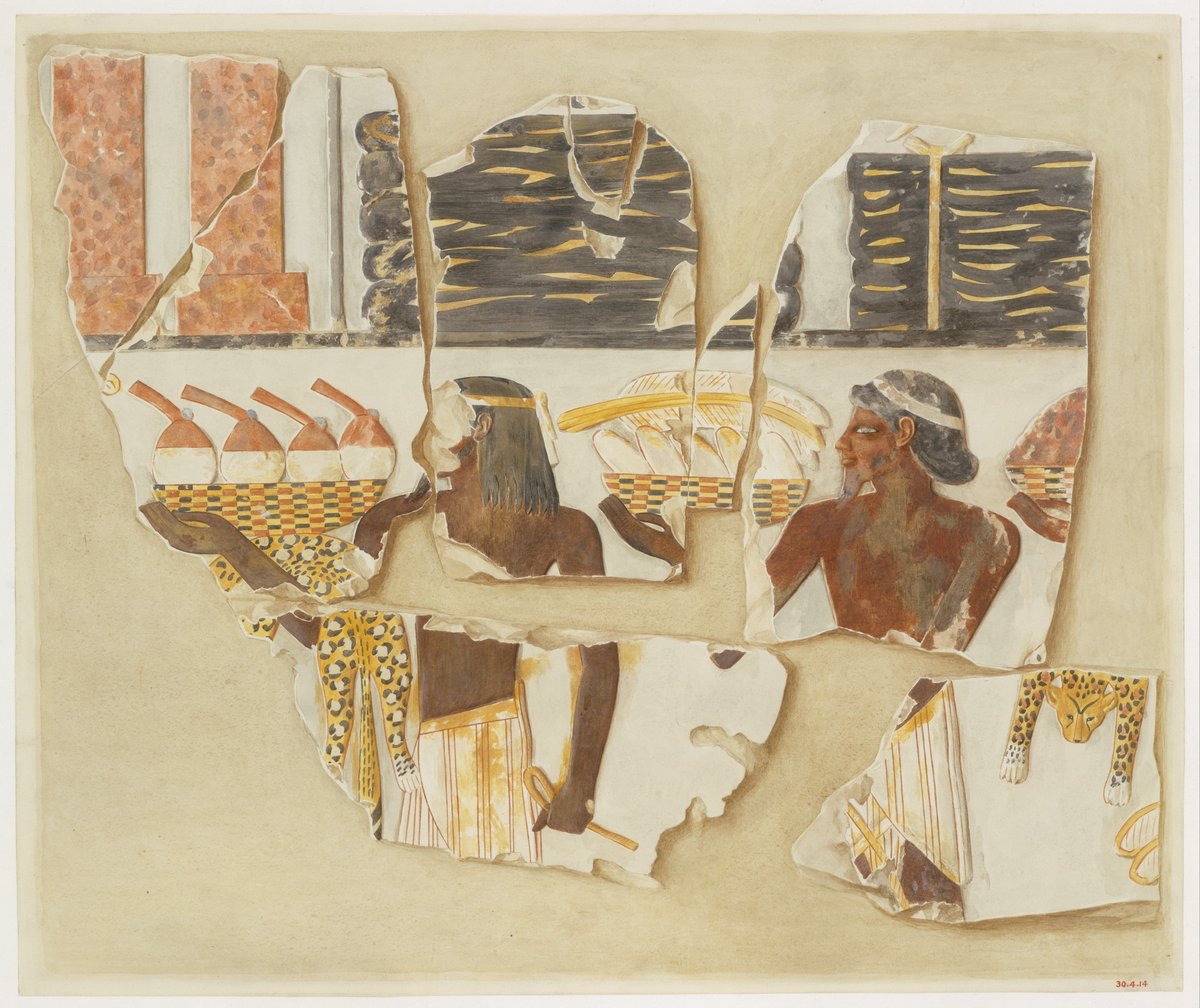
Theban Tomb 39: Visiting Hours, Tickets, and Historical Significance in Luxor, Egypt
Date: 15/06/2025
Introduction
Theban Tomb 39 (TT39), the final resting place of Puimre, a distinguished Second Prophet of Amun during Egypt’s 18th Dynasty, stands as a testament to the grandeur and spirituality of the New Kingdom elite. Located in the renowned Sheikh Abd el-Qurna sector of the Theban Necropolis on Luxor’s West Bank, TT39 captivates visitors with its intricate architecture, vibrant wall paintings, and unique insights into the religious and social life of ancient Thebes. This detailed guide provides comprehensive information on TT39’s history, cultural significance, restoration, visitor access, ticketing, practical tips, and nearby attractions—ensuring you make the most of your visit to one of Luxor’s most treasured sites.
Table of Contents
- Historical Background
- Architectural and Artistic Highlights
- Restoration and Conservation
- Visitor Information
- Nearby Attractions
- FAQ
- Conclusion and Further Resources
- References
Historical Background
The Theban Necropolis and Ancient Egypt
TT39 is part of the expansive Theban Necropolis on Luxor’s West Bank, which served as the principal burial ground for Thebes—ancient Egypt’s religious and political capital—especially during the Middle and New Kingdoms. The necropolis encompasses areas like Sheikh Abd el-Qurna, el-Khokha, Dra Abu el-Naga, and Asasif, each reflecting centuries of evolving funerary traditions (Explore Luxor).
18th Dynasty Context
Constructed during the prosperous 18th Dynasty of the New Kingdom (c. 1550–1292 BCE), TT39 is emblematic of a period marked by religious innovation, imperial expansion, and artistic achievement. Thebes, as a center of Amun worship, drew the kingdom’s most prominent officials, whose tombs were richly decorated and strategically sited (Ancient Pages).
Puimre: The Owner of TT39
TT39 was built for Puimre, the Second Prophet of Amun—a high-ranking priest whose responsibilities in temple rituals and administration are documented through the tomb’s elaborate scenes. His elevated status is reflected in both the architectural sophistication and the quality of the tomb’s artistic program (Theban Project).
Cultural and Religious Significance
The tomb’s iconography and orientation emphasize ancient Egyptian beliefs about the soul’s journey to the afterlife. Ritual scenes, offerings, and depictions of deities like Osiris and Anubis were intended to secure Puimre’s immortality, while the tomb’s location within an elite cemetery underscores the close ties between religious, political, and social hierarchies in New Kingdom Egypt (Theban Project).
Architectural and Artistic Highlights
Layout and Structure
TT39 exhibits a classic T-shaped design with a columned portico, a broad transverse hall for ceremonies, and a long axial corridor leading to an inner sanctuary. This layout, typical of elite New Kingdom tombs, symbolically echoes the passage from the earthly world to the divine realm (The Sacred and the Secular in the Theban Necropolis).
Wall Paintings & Iconography
The tomb is renowned for its exceptionally well-preserved wall paintings, which employ mineral-based pigments like ochre, malachite, and lapis lazuli. Scenes illustrate temple rituals, agricultural activities, banquets, and Puimre’s official duties. Unique iconographic innovations—such as depictions of sacred barque construction—highlight Puimre’s prominent role in Theban religious festivals (Depicting the Mountain and the Tomb at Thebes).
Restoration and Conservation
Project Overview
After centuries of neglect and environmental damage, the Mexican Archaeological Mission, led by Egyptologist Gabriela Arrache, initiated a comprehensive restoration of TT39. This two-decade project culminated in 2024, with the tomb’s official reopening to the public (Egyptian Gazette).
Conservation Techniques
The restoration included:
- Structural stabilization of the portico and stelae
- Cleaning and consolidation of wall paintings using reversible, non-invasive materials
- Repair and repositioning of fallen inscriptions based on detailed epigraphic records
- Implementation of environmental controls to regulate humidity and temperature
International Collaboration
The project was conducted in consultation with Egypt’s Ministry of Tourism and Antiquities, local inspectors, and international specialists, ensuring compliance with global heritage preservation standards and facilitating knowledge exchange (Egyptian Gazette).
Visitor Information
Location & Getting There
TT39 is located in Sheikh Abd el-Qurna within the Theban Necropolis on Luxor’s West Bank. Access is by taxi, private car, or organized tour from Luxor city. The site is reached via the main road to the Valley of the Kings, with signage indicating the tomb’s vicinity (Explore Luxor).
Visiting Hours
- General Hours: Daily, 8:00 AM to 5:00 PM (last entry at 4:30 PM)
- Note: Hours may vary due to seasonal changes or conservation work. Confirm timings before your visit (Rough Guides).
Tickets & Pricing
- Standard Tickets: Typically EGP 20–40 (as of 2024), sold at the Tombs of the Nobles ticket office
- Luxor Pass: Multi-site pass covering numerous tombs and temples; offers excellent value for extended visits
- Payment: Egyptian pounds, US dollars, or euros; credit/debit cards are not accepted
- Advance Purchase: Recommended during peak seasons (Rough Guides)
Accessibility
- Uneven paths, steps, and sloped corridors require moderate fitness and sturdy footwear
- TT39 is not wheelchair accessible due to its hillside location and ancient construction
- Restrooms are available only near the main ticket office (Private Tours in Egypt)
Photography & Site Conduct
- Photography is generally allowed without flash
- Flash and tripods are prohibited to protect pigments
- A separate permit may be required for photography—check on arrival
- Do not touch walls or artifacts; respect all barriers and staff instructions (Rough Guides)
Guided Tours & Tips
- Licensed guides or organized tours are highly recommended for historical context and site navigation
- Early morning or late afternoon visits yield the best lighting and fewer crowds
- Bring water, sun protection, and a flashlight if permitted
- Confirm tomb availability, as a rotation system may limit access to preserve the artwork (Private Tours in Egypt)
Nearby Attractions
While visiting TT39, consider exploring:
- Other Tombs of the Nobles (e.g., TT35, TT38, TT40)
- The Valley of the Kings
- Mortuary Temple of Hatshepsut
- The Ramesseum These sites are within short distances and offer further insight into ancient Egypt’s funerary and religious practices.
FAQ
Q: What are the visiting hours for TT39?
A: Typically 8:00 AM–5:00 PM; check ahead for seasonal or conservation-related changes.
Q: How do I buy tickets?
A: Purchase at the Tombs of the Nobles ticket office; the Luxor Pass covers multiple sites.
Q: Is TT39 accessible for visitors with limited mobility?
A: No, due to uneven terrain and ancient construction.
Q: Can I take photos inside TT39?
A: Yes, but flash is prohibited; permits may be required.
Q: Are guided tours available?
A: Yes, through licensed guides or reputable agencies.
Q: When is the best time to visit?
A: Early mornings or late afternoons, especially from November to February for cooler weather and smaller crowds.
Conclusion and Further Resources
Theban Tomb 39 (TT39) embodies the artistry and spiritual depth of ancient Egypt’s New Kingdom. Thanks to decades of meticulous restoration, visitors can now witness its vivid wall scenes and architectural elegance. Planning ahead—regarding tickets, opening hours, accessibility, and conservation guidelines—ensures a rewarding and respectful experience. Enhance your journey by exploring nearby monuments and considering digital resources like virtual tours and interactive maps. For up-to-date information, consult official tourism and archaeological websites or download the Audiala app. By immersing yourself in TT39 and its context, you participate in the ongoing story of Egypt’s enduring cultural heritage.
References
- Long-Lost Tomb of Pharaoh Thutmose II Finally Found in Luxor, 2025, Ancient Pages
- Sheikh Abd el-Qurna, Explore Luxor
- The Sacred and the Secular in the Theban Necropolis, Pisa University Press
- Depicting the Mountain and the Tomb at Thebes: Ancient Images of the Theban Necropolis, Academia.edu
- West Bank of Luxor Visitor’s Guide, Egypt Tours By Locals
- Mexican Mission Brings Theban Tomb 39 Back to Life in Luxor, 2024, Egyptian Gazette
- Theban Tomb 39, Wikipedia
- Theban Necropolis Visitor Information, Rough Guides
- Theban Tomb 39 Visitor Information, Private Tours in Egypt
- Luxor Tourism Board Official Site
- Theban Project
